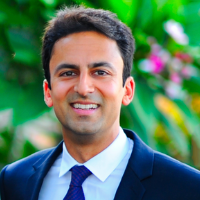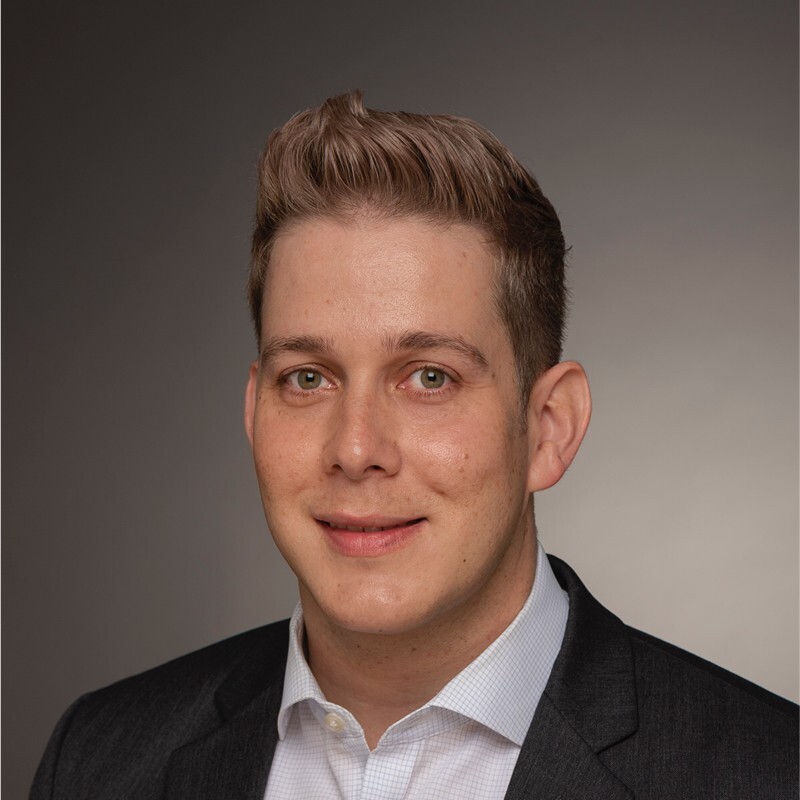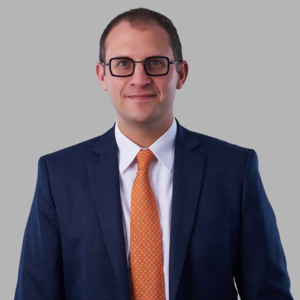This blog post was co-authored by Aaron Blumberg, Partner & Attorney at Fragomen.
Physicians, residents, and fellows who want to work in the U.S. face unique challenges. Some visa programs universally exclude medical students and physicians. To help sort through the options, this blog covers visas for residency and fellowships as well as options for practicing physicians whether your goal is a temporary visa or permanent immigration.
Types of Visas for Residents, Fellows, and Physicians
There are two main types of visas for working and studying in the U.S. – immigrant visas and nonimmigrant visas. Immigrant visas are visas that allow you to work towards getting a green card and establishing permanent, legal residence in the U.S.
Nonimmigrant visas are for temporary work or study in the U.S. but can be a stepping stone to a permanent immigration option. Many international students will use a nonimmigrant visa to complete medical school and residency and then apply for another type of visa or a green card to stay in the U.S. and work as a physician.
Nonimmigrant Visa Options for Medical Professionals
There are three popular nonimmigrant visa options for physicians and medical students:
- H1-B
- O-1
- TN
H1-B Visa
H1-B is considered the best option for most physicians to work in the U.S. in a specialized knowledge position. This visa can be used on the path to applying for a green card. However, if you are on a J-1 visa for medical school or residency, you must satisfy or waive the requirement to return to your home country for two years before receiving an H-1B visa. Learn more about your options on how to waive the J-1 home country physical presence requirement from our blog.
An H1-B visa can last up to six years. During that time, you can begin the process of applying for a green card if you are interested in permanent immigration. Just make sure to file for your green card at least a year before your H1-B expires.
To apply for an H1-B visa, you will need sponsorship from a hospital or other accredited health care facility. You will need to complete medical school and have a license to practice medicine in your state of employment before you are eligible for H1-B-qualified employment. Once you have met these requirements, you can apply for the visa through an annual H1-B lottery. There is a limited number of these visas available, but medical facilities affiliated with non-profit universities as well as J-1 visa holders with a Conrad 30 waiver are exempt from the lottery.
O-1 Visa
O-1 is another common visa for practicing physicians in the U.S. It’s for physicians who have demonstrated extraordinary ability with at least three pieces of evidence of this in their practice or research.
Examples of evidence to illustrate extraordinary ability include but are not limited to:
- Published research or scholarly articles
- Internationally recognized awards
- A high salary
- Participation in a panel
Read the O-1 visa criteria list for more specific details about how to demonstrate extraordinary ability in your work. International students can satisfy some of these criteria before they even begin residency or a fellowship to get a head start.
The O-1 visa is good for three years, and working physicians can extend it an unlimited number of times in one-year increments. It’s also a great option if you have completed medical school on a J-1 visa because you can apply for an O-1 without having to complete the J-1 two-year home country requirement first. O-1 visas are sponsored by eligible employers such as hospitals.
TN Visa
The TN work visa is specifically for Canadian and Mexican citizens. It covers a variety of professions including medicine. It’s important to note that the TN visa is not for practicing physicians. It is only for teaching and research positions in the medical field. However, you must still hold a medical doctor’s degree to qualify.
A TN visa is good for three years, and you can renew it an unlimited number of times in three-year increments. However, because this is a temporary visa, renewing it more than once may raise concerns about your immigration intent. If you plan to apply for a green card, an H1-B may be a better opinion for you. You can apply for a TN visa at a U.S. embassy or consulate.
Immigrant Visa Options for Medical Professionals
For doctors and medical fellows who desire permanent relocation to the U.S., the most common option is a green card. There are five employment-based categories for green cards: EB1-EB5.
We will focus on the two green card categories most common for physicians. They are EB-1 and EB-2. For both, there is a limited number of green cards available each year, and they require employer sponsorship. You will need to complete an I-140 Immigrant Visa Petition as part of the green card process.
EB-1: Priority Workers
There are two types of EB-1 visas that are relevant for physicians:
- EB1-A: Person of Extraordinary Ability – This visa has similar requirements as the O-1 visa, but often comes with more scrutiny of the three pieces of evidence of extraordinary ability that you must provide. One benefit of EB1-A is that it does not require employer sponsorship. That means you can self-petition before you secure a job in the U.S. Residents and fellows may also be eligible for this visa.
- EB1-B: Outstanding Professor/Researcher – EB1-B does require employer sponsorship as well as three years of teaching or research experience in your field. This immigrant visa is used for permanent positions such as tenure-track teaching at a university or a permanent research job. Similar to EB1-A, this visa has a list of criteria for evidence of outstanding work, but you only need to meet two of the six criteria.
EB-2: Advanced-Degree Professionals of Exceptional Ability
EB-2, as the name suggests, requires an advanced degree which is a master’s or higher. This is a permanent labor certification visa which is commonly referred to as PERM. There are three different types of PERM for physicians and other medical professionals.
- Regular PERM: This labor certification is open to all medical professionals including physicians and professors. However, the employer must prove that there are no qualified American applicants for the job.
- Special Handling: This PERM is specifically for teaching positions including clinical teaching. To be eligible for this certification, the employer must prove that you are the most qualified applicant. Special Handling applicants are more likely to get accepted than regular PERM applicants.
- National Interest Waiver: Medical researchers and physicians can file a national interest waiver. The research waiver does not require employer sponsorship, so you can file while you are in residency or fellowship. However, it cannot be used for clinical work. On the other hand, the physician waiver requires employment in a clinical setting for at least five years in a high-needs area.
Navigating Immigration Options for Residents, Fellows, and Physicians
Everyone’s situation is unique, and Fragomen’s immigration experts can help you choose the right immigration path for you. With the right combination of visas, renewals, and waivers, you may be able to remain in the U.S. through medical school, residency, fellowship, and beyond. Sign up for Fragomen Insights today to get up-to-date information about immigration policy changes, processing times, and more.
























